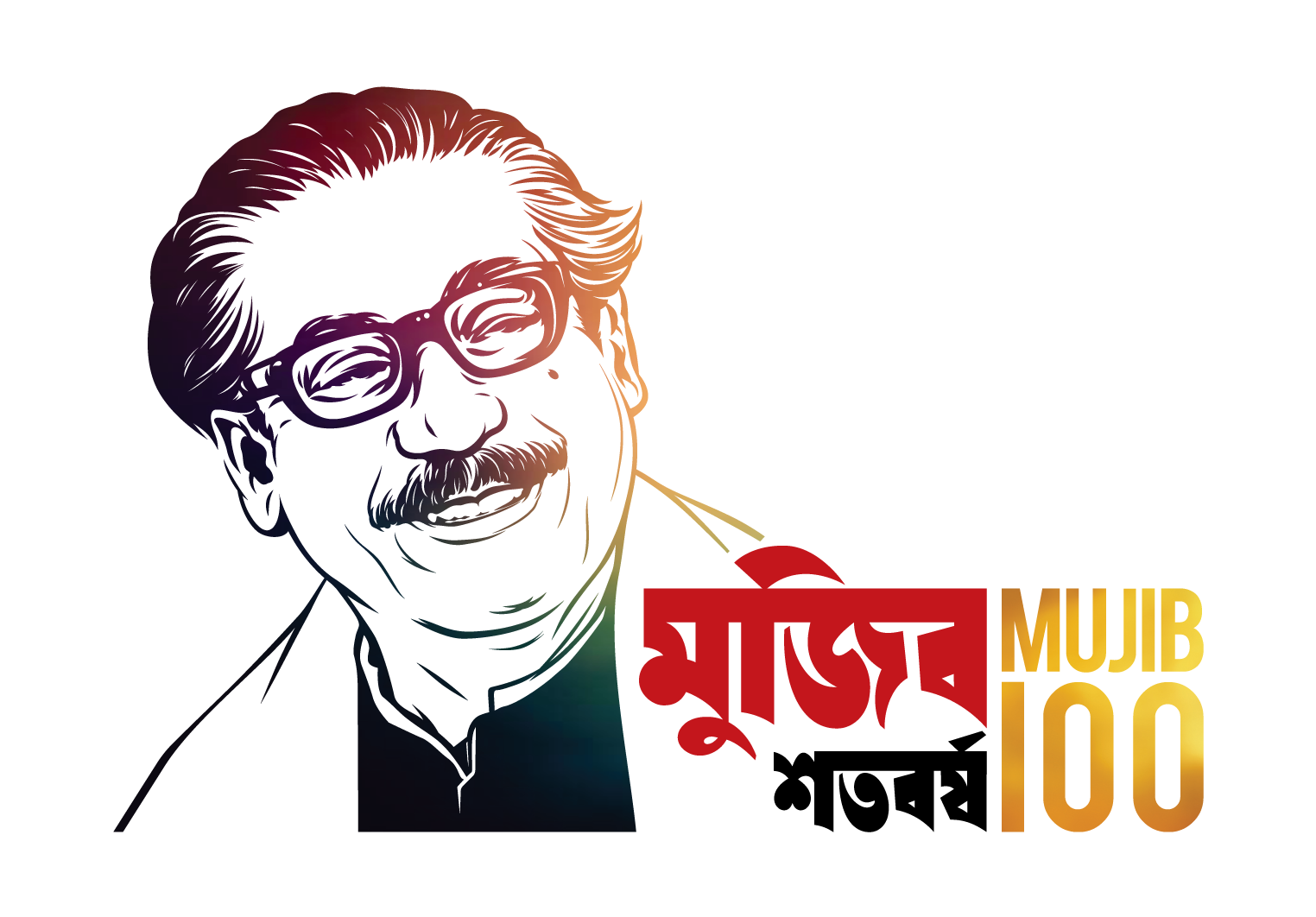Development History of Dipshikha
Having the ISD project concept of CARITAS, Mr. Naresh Chakrabarty developed Integrated Village Development Bank (IVDB) project with the assistance of Mr. Paul Tigga. The first Director of IVDB project was Mr. Naresh Chakrabarty and Mr. Mofakh-Kharul Islam was the first coordinator. Initially, it worked and served among the people of aforesaid 9 villages. The IVDB introduced bank loan system for youth development and for the poor. Very soon the IVDB functions reached to the people of more than hundreds of villages. Thousands of people became the beneficiary of IVDB project. Everyday the Gono-Aloy of Rudrapur became crowded with hundreds of people who sought agricultural credit, advice for income generation, training and for volunteer works as well. The IVDB functions continued for several years.
When the people were achieving benefit from IVDB, then Bangladesh Bank objected to the financial functions of IVDB. Bangladesh Bank officials visited to enquire the IVDB activities. They were satisfied with the sincere and honest development efforts of IVDB. But they suggested for seeking permission to continue its function as a financial organization. However, Mr. Naresh Chakrabarty, Late Romesh Chandra Roy and Late Nibaron Roy thought that if it once declared as national bank the development activities might have to be stopped. In fact, they were afraid of rules and regulations. Then they desired to change the name of IVD Bank in the name of IVD Project.
It is to be mentioned here that before the first decade ceremony of Dipshikha Mr. Mofakh-Kharul Islam joined Bangla – German Samprittee (Friendship) as a Director and at the same time sworn in as the chairman of Dipshikha. In the mean time Mr. Naresh Chakrabarty joined in another organization with his own concept and worked heart and soul for the socioeconomic development of people of Dinajpur. He died in 2008. Members of Dipshikha, people of Dinajpur – particularly of Rudrapur and members of Shanti remember him as a great man still today for his unique dedication for the cause of people of Dinajpur. They all are proud of him. He made a history of development work.
Talukder (1994) uniquely analyzed the development steps of Rudrapur emphasizing the time span from 1961 to 1978. Development steps are presented below:
Step-1: Life Oriented Education: In this step Late Nibaron Roy and Late Romesh Roy worked together to develop their village educationally as well as culturally. Unfortunately, they had no high formal education. In fact, they were self motivated and self educated. But in this country, quantitative education is given more value than qualitative education. They became the victim of the circumstance. Therefore, they were looking for a person who has at least Matriculation standard education. Where there is will there is way. Fortunately, they met Mr. Naresh Chakrabarty, who had matriculation standard education. Accepting the request of Late Nibaron and Late Romesh, he came to Rudrapur to be their development partner of education and culture. Unfortunately, Mr. Chakrabarty did not have PTI training. This unfortunate was turned into fortunate when Mr. Chakrabarty had chance for PTI training. From the PTI training he was exposed to modern agricultural education what he tried to implement in Rudrapur Primary School involving all students, teachers and local people. So, it would not be exaggerated to say that it was Mr. Naresh Chakrabarty who introduced life oriented education in place of traditional one. This life oriented education was broadcast through BBC with the help of UNICEF.
Step-2: New Scopes of Education and Socioeconomic Development after Mr. Paul Tigga’s Involvement: Mr. Paul Tigga is a person who devoted his whole life for the development of people particularly for rural people. In fact, he comes from an aborigine tribe named Orao, which is deprived of many aspects of social development. Virtually he received university degrees and had a promise to work for the welfare of rural people. So, he started his career as development worker. He worked long time in CARITAS. When he was Regional Director of CARITAS of Dinajpur district suddenly he met with Mr. Naresh Chakrabarty, who was considered as nucleus of development work of Rudrapur. Then Mr. Paul Tigga and Mr. Naresh Chakrabarty together attended many workshops and seminars regarding education and development and learnt how to educate and develop rural people how to establish their right and how to develop their conscious. It is very much appropriate to say that after Mr. Paul Tigga’s involvement developmental activities of Rudrapur got momentum with new dimensions. Mr. Mahbubul Alam Chashi’s visits also inspired local people for their own development.
Step-3: Involvement of Fr. Klaus Beurle Added New Philosophy of Development: As soon as Fr. Klaus involved with the education and development work of Rudrapur three dimensions of development such as educational development, social development and village development simultaneously speeded up. Actually, quality development started with the presence of Fr. Klaus. He donated money from many sources and gradually the sporadic activities of development turned into a rural development organization named Dipshikha.
It is known from the analysis of facts that the actors of development decided to expand their radius of work and they included surrounding villages of Rudrapur. Thus, they brought 9 villages under their development program. The list of nine villages is presented below:
1. Rudrapur
2. Balakpur
3. Chapoir
4. Taranja
5. Nachugram
6. Dhangram
7. Uttar Madhanpur
8. Bishnupur
9. Gouripur
In 1978, with the motivational inspiration of Fr. Klaus Dipshikha Youth Federation was organized and started functioning. Dipshikha Youth Federation took initiative to spread over the idea of development throughout the country. For this purpose, an initiative was taken to bring youths from different regions under one banner. It was found that the youths from Gouranadi of Barisal, Sreemongal of Sylhat, Rudrapur and Bashudebpur of Dinajpur, and Rajshahi districts constituted the Youth Federation. To carry out the activities, Fr. Richard William Timm and Mr. Martin Gomes evaluated the development activities of this region on behalf of CARITAS and submitted a report. Satisfied with the report CARITAS donated Taka 80,000 for the enhancement of development activities of this region. This sort of donation worth Taka 100,000 was already given by Mr. Keith Warren of UNICEF.


